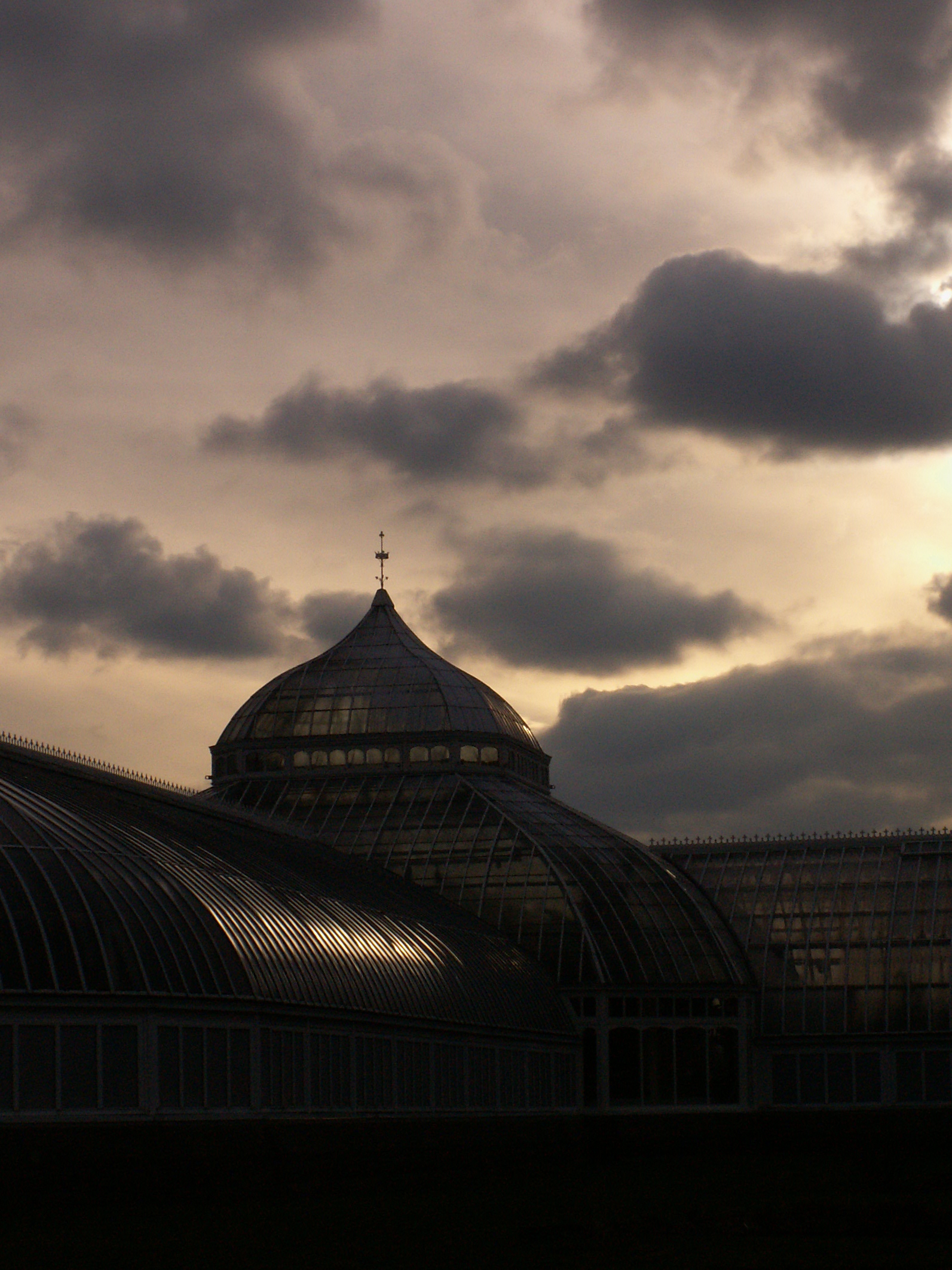
Camera: Kodak EasyShare Z1485 IS.

Camera: Samsung Digimax V4.
The Shields Chapel was built in 1868 as a Presbyterian church donated by Eliza Leet Shields, extremely rich person, on the grounds of her estate. After sitting vacant for a long time, it is now occupied by the second congregation of Grace Anglican Church.

Camera: Samsung Digimax V4.
Next to the church is what appears to be another church, immemorially ancient; but it is actually the Shields family mausoleum, built in 1893. Apparently no mere cemetery was classy enough for the Shields family. This is an enormous mausoleum, as big as a church, and in fact Grace Anglican’s congregation met in it before the Shields Chapel became available. There is space for thirty-six permanent residents here, of which number eighteen have already moved in.



































